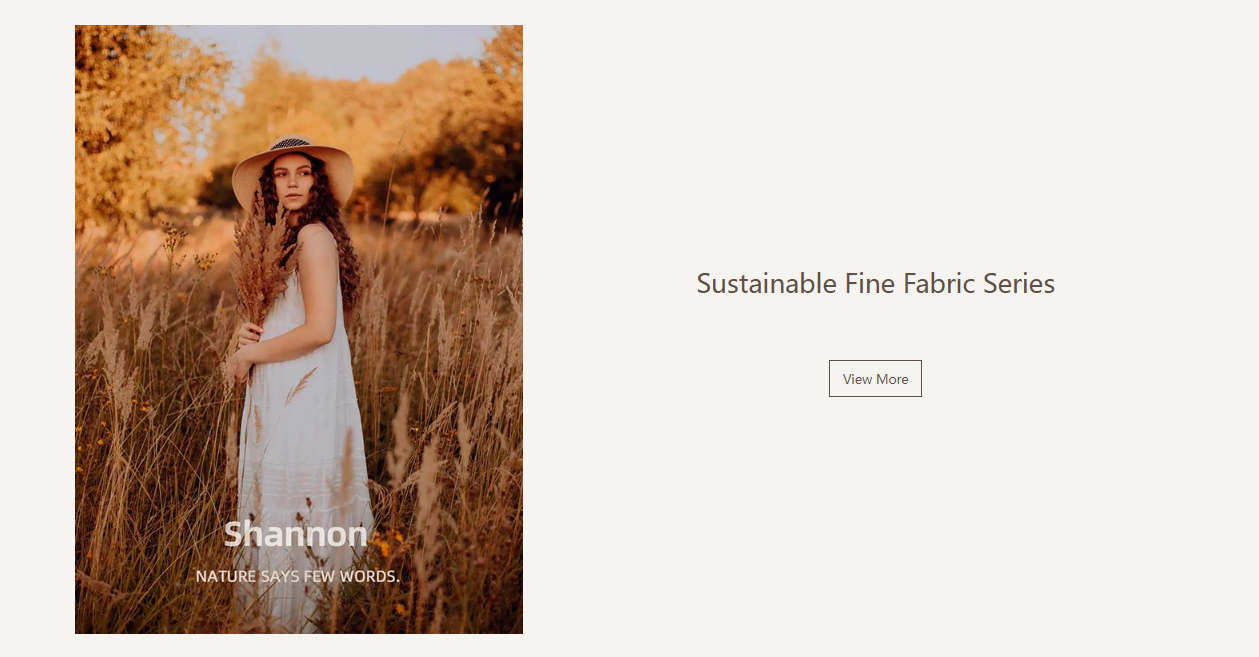How to identify different fabrics?
There are a variety of fabrics to make our garment.
Do you know the features of every single fabric?
The quality of different textile products varies a lot according to the kind of production process they originate from.
Here are some guidelines supplying all the essential information needed to select the most suitable fabrics to meet your requirements and to make informed purchases.
Fiber classification
Fabrics can be classified according to the fibers:
natural origin (vegetal or animal) and artificial ones (also defined as manmade, since they are produced by men by means of chemical processes).
Here below is a sort of fiber of fabrics, to start understanding the most common fabrics' names and their origins.
Animal: cashmere; wool; mohair; leather; silk; angora; camel.
Vegetal: cotton; linen; ramie; canapa; juta.
Artificial: viscose, rayon, modal, lyocell.
Manmade: spandex; polyester; polyamide; nylon; lurex.
how to pick the right fabrics for garments?
In order to find the most suitable fabrics for different clothes, you need to take into consideration different features among the fabric composition, thickness, softness, elasticity, and the fact it may be wrinkle-free, and easy-care. All these characteristics can be checked just by knowing fibers quite well and also by “seeing them a first hand”.
Seasonality is also one of the most relevant selection criteria: in the textile world, there are actually some fabrics that are more suitable for the creation of winter garments and others to be used for summer collections.
What are we looking for? A warm or cool fabric? A more elegant or casual one? These are the preliminary questions to be asked when purchasing fabrics for garments.
For instance, cotton, the most well-known among vegetable fibers, is made of 95% cellulose and is lightweight and soft, and thus one of the most widespread fabrics in different markets. However, it is also quite stiff, and consequently easily worn out because of frequent washing and sunlight. As a result, cotton is to be used in summer but it is not particularly suitable for sportswear, a field that requires different characteristics.



 English
English 中文简体
中文简体

















